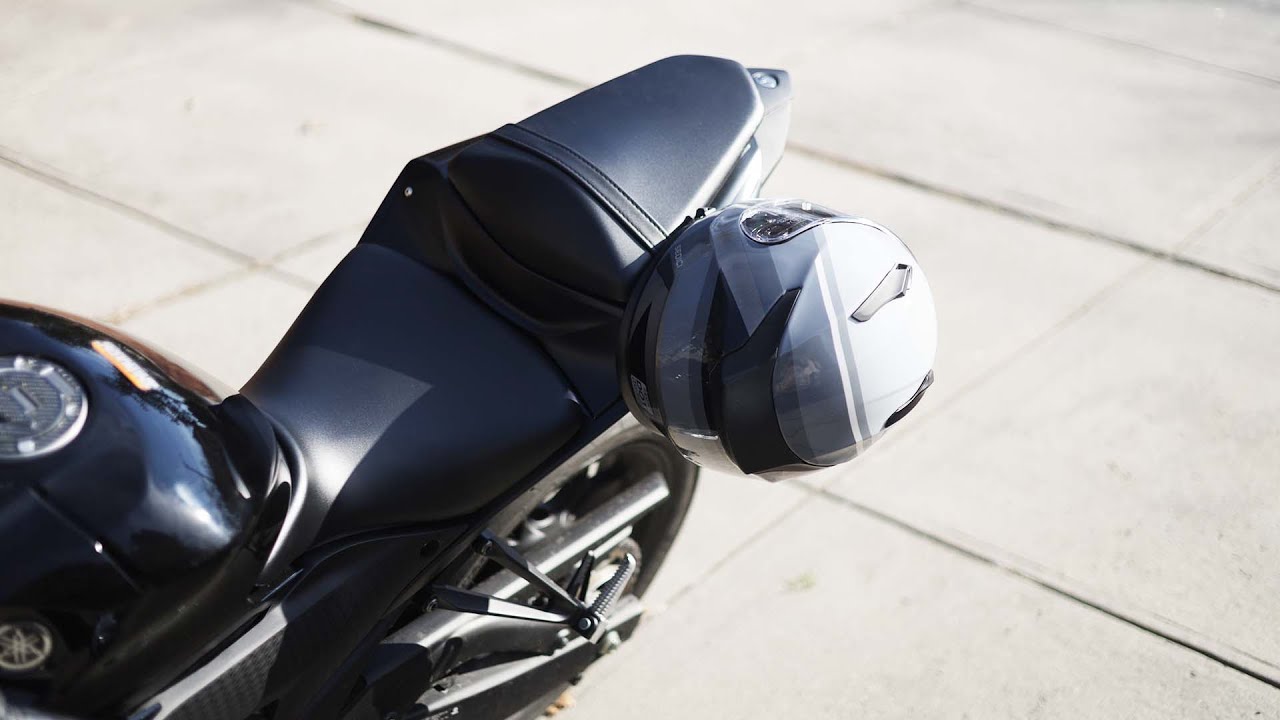

Articles
How To Store Helmet On Motorcycle
Modified: December 7, 2023
Discover the best way to store your helmet on your motorcycle. Read our informative articles for tips and techniques on keeping your helmet safe and secure while you ride.
(Many of the links in this article redirect to a specific reviewed product. Your purchase of these products through affiliate links helps to generate commission for Storables.com, at no extra cost. Learn more)
Introduction
When it comes to riding a motorcycle, safety should always be your top priority. One essential piece of safety equipment every rider needs is a helmet. A good quality helmet not only protects your head in case of an accident but also shields you from wind, debris, and other elements when you’re riding.
But what do you do with your helmet when you’re not riding? Many riders make the mistake of simply leaving their helmets on their motorcycles or tossing them in the saddlebags. However, improper storage can lead to damage, reducing the effectiveness of your helmet and compromising your safety.
In this article, we’ll discuss the importance of storing your helmet properly and explore different methods for doing so on your motorcycle. Whether you’re a seasoned rider or a beginner, understanding how to store your helmet correctly will ensure its longevity and performance.
Key Takeaways:
- Properly storing your motorcycle helmet is crucial for maintaining its durability and safety standards. Utilize helmet locks, holders, bags, or mounts to protect your investment and ensure your helmet remains in optimal condition.
- Regularly clean and inspect your helmet, store it in a cool, dry place, and avoid hanging it by the chin strap. Investing in high-quality storage accessories adds an extra layer of security and protection for your helmet.
Read more: How To Store Motorcycle Helmet
Why is it important to store your helmet properly?
Your helmet is a significant investment, and you rely on it to protect your head while riding. Therefore, it’s crucial to store it properly to maintain its structural integrity and prolong its lifespan. Here are a few key reasons why proper helmet storage matters:
- Prolonged durability: Proper storage prevents unnecessary wear and tear, keeping your helmet in good condition for longer.
- Maintaining safety standards: Helmets are designed to meet strict safety standards. Improper storage can deform the helmet’s shell or compromise its protective padding, rendering it less effective in an accident.
- Avoiding damage: Storing your helmet incorrectly can lead to scratches, dents, or even cracks. These damages not only affect the helmet’s appearance but also compromise its ability to absorb impact.
- Protecting against the elements: Exposure to sunlight, rain, and extreme temperatures can degrade the materials of your helmet over time. Proper storage shields your helmet from these elements, ensuring its longevity.
Now that you understand the importance of proper helmet storage, let’s explore different methods to safely store your helmet on a motorcycle.
Key Takeaways:
- Properly storing your motorcycle helmet is crucial for maintaining its durability and safety standards. Utilize helmet locks, holders, bags, or mounts to protect your investment and ensure your helmet remains in optimal condition.
- Regularly clean and inspect your helmet, store it in a cool, dry place, and avoid hanging it by the chin strap. Investing in high-quality storage accessories adds an extra layer of security and protection for your helmet.
Read more: How To Store Motorcycle Helmet
Why is it important to store your helmet properly?
Your helmet is a significant investment, and you rely on it to protect your head while riding. Therefore, it’s crucial to store it properly to maintain its structural integrity and prolong its lifespan. Here are a few key reasons why proper helmet storage matters:
- Prolonged durability: Proper storage prevents unnecessary wear and tear, keeping your helmet in good condition for longer. Helmets are typically made from durable materials, but mishandling or improper storage can lead to cracks, deformations, or other damage that affects its ability to provide maximum protection.
- Maintaining safety standards: Helmets are designed to meet strict safety standards set by organizations like the Department of Transportation (DOT) or Snell. These standards ensure that helmets offer optimal protection to riders. Improper storage can deform the helmet’s shell or compromise its protective padding, rendering it less effective in an accident. Storing your helmet correctly helps preserve its safety features and ensures it performs as intended when you’re on the road.
- Avoiding damage: Storing your helmet incorrectly can lead to scratches, dents, or even cracks. These damages not only affect the helmet’s appearance but also compromise its ability to absorb impact. Even minor damage can weaken the structure of the helmet, making it less reliable in protecting your head during an accident. By storing your helmet properly, you can minimize the risk of damage and maintain its integrity.
- Protecting against the elements: Exposure to sunlight, rain, and extreme temperatures can degrade the materials of your helmet over time. UV rays can cause the colors to fade, and constant exposure to rain can lead to the accumulation of mold or mildew. Extreme temperatures can also affect the helmet’s structural integrity. Proper storage shields your helmet from these elements, ensuring its longevity and maintaining its effectiveness in protecting your head.
- Preventing theft: Leaving your helmet unsecured on your motorcycle can make it an easy target for thieves. Properly storing your helmet not only protects it from damage but also secures it from potential theft. By utilizing effective storage methods, you can mitigate the risk of losing your helmet to theft.
Now that you understand the importance of proper helmet storage, let’s explore different methods to safely store your helmet on a motorcycle.
Different methods for storing your helmet on a motorcycle
Now that you understand the importance of properly storing your helmet, let’s explore some different methods you can use to securely store your helmet on a motorcycle:
Method 1: Using a helmet lock
One of the simplest and most effective ways to store your helmet on a motorcycle is by using a helmet lock. Many motorcycles come equipped with helmet lock mechanisms or have them available as aftermarket accessories. These locks typically consist of a small metal hook or loop that allows you to secure your helmet to the motorcycle. Simply attach the lock to your helmet’s D-ring or chin bar, and then lock it securely onto the bike. This method is convenient, as it keeps your helmet easily accessible and prevents theft.
Read more: How To Store A Motorcycle
Method 2: Using a helmet holder
If your motorcycle doesn’t have a built-in helmet lock, you can consider using a helmet holder. Helmet holders are typically mounted onto the motorcycle’s handlebars or frame. They provide a secure and convenient place to hang your helmet when you’re not using it. Helmet holders come in various styles, such as metal hooks or racks, and can be easily installed or removed. This method keeps your helmet off the ground, preventing damage and allowing air to circulate around the helmet for drying.
Method 3: Using a helmet bag
Another option for storing your helmet on a motorcycle is by using a helmet bag. Helmet bags are designed specifically to protect and transport helmets. They provide a soft and padded interior to prevent scratches and damage to the helmet’s shell. Helmet bags come with handles or straps, making them convenient for carrying when you’re off the bike. You can simply place your helmet inside the bag and either attach it to the motorcycle or carry it with you. This method offers added protection against the elements, dust, and potential theft.
Method 4: Using a detachable helmet mount
If you prefer to keep your helmet within reach while riding, you can opt for a detachable helmet mount. These mounts attach to the motorcycle’s handlebars, rear seat, or other suitable locations. They allow you to secure your helmet when you’re not wearing it, keeping it securely in place during the ride. Detachable helmet mounts come in various designs, such as clamp-style or magnetic mounts, and offer a convenient and accessible storage solution.
Each of these methods has its own advantages and may work better for different types of motorcycles or personal preferences. Choose the method that suits your needs and ensures the security and proper storage of your helmet.
Method 1: Using a helmet lock
Using a helmet lock is one of the simplest and most popular methods for securely storing your helmet on a motorcycle. Many motorcycles come equipped with built-in helmet lock mechanisms, while others may require you to purchase a separate helmet lock as an aftermarket accessory. Here’s how you can effectively use a helmet lock:
- Locate the helmet lock: If your motorcycle has a built-in helmet lock, it is generally located near the rear seat or on the side of the bike frame. Check your motorcycle’s owner manual or consult with the manufacturer to find the specific location of the helmet lock.
- Attach the lock to your helmet: Most helmet locks consist of a small metal hook or loop. Securely attach the hook to your helmet’s D-ring or chin bar, ensuring a tight and secure connection.
- Lock the helmet to the motorcycle: Once the lock is attached to your helmet, feed the other end of the lock through a suitable anchor point on your motorcycle, such as the frame, handlebar, or seat. Ensure that the anchor point is sturdy and can withstand any attempt to remove the helmet forcibly.
- Lock the helmet lock: Depending on the type of helmet lock you have, use the key or combination lock mechanism to secure the helmet lock. Double-check to ensure it’s locked properly and cannot be easily disengaged.
Using a helmet lock offers several advantages. Firstly, it provides a secure and reliable method to store your helmet, preventing theft or accidental loss. Secondly, it keeps your helmet easily accessible, allowing you to quickly lock or unlock it when needed. Additionally, using a helmet lock ensures that your helmet is always attached to the motorcycle, preventing it from falling or getting damaged during transportation or windy conditions.
If your motorcycle doesn’t have a built-in helmet lock, you can explore aftermarket options available in the market. There are various helmet lock designs, including cable locks and combination locks, that can be easily installed on your motorcycle to provide the same functionality.
Remember to choose a high-quality and sturdy helmet lock that is resistant to tampering. It’s essential to invest in a reliable lock to ensure the security and protection of your helmet.
Using a helmet lock is a simple yet effective method for safely storing your helmet on a motorcycle. By following the steps outlined above, you can ensure that your helmet remains secure and in optimal condition whenever you’re not wearing it.
Read more: How To Store A Motorcycle Outside
Method 2: Using a helmet holder
If your motorcycle doesn’t have a built-in helmet lock or if you prefer a different storage method, using a helmet holder is a convenient and effective option. A helmet holder provides a dedicated space to hang your helmet securely when you’re not using it. Here’s how you can use a helmet holder to store your helmet on a motorcycle:
- Select a suitable helmet holder: There are various types of helmet holders available in the market, such as metal hooks or racks that can be attached to your motorcycle’s handlebars, rear seat, or other suitable locations. Choose the type of holder that fits your motorcycle and personal preference.
- Install the helmet holder: Depending on the style of the helmet holder you’ve chosen, follow the manufacturer’s instructions to install it securely onto your motorcycle. Ensure that the installation is stable and that the holder can effectively support the weight of your helmet.
- Hang your helmet: Once the helmet holder is properly installed, hang your helmet on it by placing the chin strap or the helmet’s D-ring over the hook or rack. Make sure the helmet is balanced and well-supported to prevent it from falling or getting damaged.
- Double-check the security: After hanging your helmet, gently shake the motorcycle to ensure that the helmet is securely held in place. Make any necessary adjustments to ensure a tight and stable grip.
Using a helmet holder offers several benefits. It keeps your helmet elevated and off the ground, protecting it from potential damage. Additionally, storing your helmet on a holder allows airflow to circulate around it, facilitating drying and preventing the buildup of moisture, mold, or mildew.
Helmet holders come in various designs and materials, allowing you to choose the one that best suits your motorcycle’s aesthetics and your personal preferences. Some helmet holders are designed to be easily detachable, allowing you to remove them when not in use or when you prefer to ride without the holder.
When selecting a helmet holder, ensure that it is sturdy, durable, and compatible with your motorcycle. It should be able to withstand both the weight of the helmet and external factors such as wind, vibrations, and road conditions.
Using a helmet holder provides a convenient and accessible storage solution for your helmet. It keeps your helmet within reach, so you can easily grab it when you’re ready to ride. By utilizing a helmet holder, you can ensure that your helmet is securely stored, well-protected, and always ready for your next adventure.
Method 3: Using a helmet bag
Using a helmet bag is an excellent method for storing your helmet on a motorcycle, especially when you want to provide extra protection during transportation or when the motorcycle is parked. A helmet bag is specifically designed to shield your helmet from dust, scratches, and potential impact. Here’s how you can use a helmet bag to securely store your helmet:
- Purchase a suitable helmet bag: Look for a helmet bag that is specifically designed for motorcycle helmets. These bags come in various sizes and designs, including drawstring bags, zippered bags, or padded carrying cases. Choose a bag that fits your helmet snugly and provides adequate protection.
- Prepare your helmet for storage: Before placing your helmet in the bag, ensure it is clean and free from any debris or moisture. Wipe the exterior and interior of the helmet with a clean, soft cloth.
- Insert your helmet into the bag: Gently slide your helmet into the bag, ensuring that it is positioned properly and the chin strap is tucked neatly inside. Follow the bag’s closure mechanism, whether it’s a drawstring, zipper, or other closure method, to secure the helmet inside.
- Store the helmet bag: Determine where you will store the helmet bag on your motorcycle. You can choose to attach it to the motorcycle using bungee cords, D-rings, or other secure attachment points. Alternatively, you can carry the bag with you when you’re off the bike.
A helmet bag offers several advantages, including protection against dust, scratches, and potential impact. It also helps to keep your helmet dry and secure, particularly during unfavorable weather conditions. Additionally, using a helmet bag provides an added layer of security, as it keeps your helmet out of sight and less susceptible to theft.
When selecting a helmet bag, opt for one made from durable and water-resistant materials to withstand different environmental conditions. Some helmet bags offer additional features such as padding, internal compartments for visors or accessories, or reflective strips for increased visibility.
Using a helmet bag is not only practical for storage on your motorcycle but also makes it easy to transport your helmet when you’re off the bike. It offers a convenient carrying solution, protecting your helmet while keeping your hands free.
Remember to regularly inspect and clean your helmet bag to ensure it remains in good condition and free from dirt or debris that could potentially damage your helmet.
By using a helmet bag, you can securely store your helmet on your motorcycle while providing an additional layer of protection. This method ensures that your helmet remains clean, undamaged, and ready for your next ride.
When storing your helmet on your motorcycle, use a secure lock or cable to attach it to the bike to prevent theft. Additionally, consider using a helmet bag or cover to protect it from the elements.
Method 4: Using a detachable helmet mount
If you prefer to keep your helmet within reach while riding, using a detachable helmet mount is an ideal solution. These mounts allow you to securely store your helmet on your motorcycle, ensuring it stays in place and is easily accessible when needed. Here’s how you can use a detachable helmet mount:
- Select a suitable helmet mount: There are various types of detachable helmet mounts available on the market, such as clamp-style mounts or magnetic mounts. Choose a mount that is compatible with your motorcycle and helmet type.
- Install the helmet mount: Depending on the specific mount you’ve chosen, follow the manufacturer’s instructions to install it securely onto your motorcycle. Ensure that the mount is placed in a convenient and easily accessible location without interfering with your riding or visibility.
- Attach the helmet to the mount: Once the helmet mount is properly installed, attach your helmet to it using the designated mechanism. This may involve securing the helmet using straps, latches, or magnetic attachments. Ensure that the attachment is strong and stable to prevent the helmet from dislodging during rides.
- Double-check the security: Before hitting the road, make sure the helmet is securely attached to the mount. Gently tug on the helmet to check for any potential looseness or instability. Ensure that the mount provides a secure and stable grip on the helmet.
Using a detachable helmet mount offers several benefits. It keeps your helmet within reach, allowing you to easily store or retrieve it when necessary. This is especially convenient during stops, fueling, or quick breaks during long rides. The ability to secure your helmet on the motorcycle also eliminates the need to carry it with you at all times, freeing up your hands and reducing the risk of misplacing or dropping it.
When selecting a detachable helmet mount, consider factors such as ease of installation, compatibility with your motorcycle, and the strength of the attachment mechanism. Look for a mount that is sturdy, durable, and capable of securely holding the weight of your helmet.
It’s important to note that using a detachable helmet mount may not be suitable for all types of motorcycles or helmet designs. Some helmets may not have the necessary attachment points or may not be compatible with certain mount styles. Ensure that your helmet and motorcycle are compatible with the chosen mount before proceeding.
Using a detachable helmet mount provides a convenient storage solution that keeps your helmet secure and accessible during rides. By utilizing this method, you can enjoy the convenience of having your helmet ready whenever you need it without compromising safety or comfort.
Tips for storing your helmet securely
Properly storing your helmet on a motorcycle not only ensures its longevity but also guarantees its safety and effectiveness. Here are some essential tips to help you store your helmet securely:
- Clean your helmet regularly: Before storing your helmet, make sure to clean the exterior shell and interior lining. Use a mild soap or helmet cleaner and a soft cloth to remove dirt, sweat, and any other residue that may have accumulated.
- Inspect for damages: Regularly inspect your helmet for any signs of wear and tear, cracks in the shell, or damaged padding. If you notice any structural issues or compromised safety features, it may be time to replace your helmet.
- Store your helmet in a cool, dry place: Ideally, store your helmet in a cool and dry location, away from direct heat or sunlight. Extreme temperatures and prolonged exposure to sunlight can degrade the materials of your helmet over time.
- Avoid hanging your helmet by the chin strap: While it may seem convenient, avoid hanging your helmet by the chin strap as it can cause stress on the strap and distort its shape. Instead, use a helmet lock, holder, bag, or mount designed for secure storage.
- Protect your helmet from impact: When storing your helmet, ensure it is protected from any potential impact or falls. Even a minor drop can compromise the helmet’s integrity and effectiveness. Utilize storage methods that securely hold the helmet in place.
- Keep your helmet away from chemicals: Avoid exposing your helmet to chemicals such as gasoline, solvents, or cleaning agents, as these can degrade the materials and affect the helmet’s performance. Always store your helmet in a separate compartment or away from any potentially harmful substances.
- Avoid stacking heavy objects on top of your helmet: Be mindful of the items placed near your helmet during storage. Heavy objects can put pressure on the helmet, potentially deforming the shape or damaging the padding. Store your helmet in a location where it won’t be crushed or compressed by other objects.
- Use locking mechanisms when possible: If your motorcycle has built-in helmet locks or you’re using aftermarket locks, always utilize them to secure your helmet. This deters theft and ensures the helmet remains securely attached to the motorcycle.
By following these tips, you can ensure that your helmet is stored securely, maintaining its structural integrity and extending its lifespan. Proper storage protects your investment, allowing your helmet to serve you reliably and effectively throughout your rides.
Read more: How To Store A Motorcycle For Winter
Conclusion
Storing your helmet properly on a motorcycle is essential for maintaining its durability, safety, and overall effectiveness. By following the right storage methods, you can ensure your helmet remains in optimal condition, ready to protect you during your rides. Whether you choose to use a helmet lock, helmet holder, helmet bag, or detachable helmet mount, each method offers its own benefits and convenience.
Remember that proper helmet storage goes beyond just finding a place to keep it. Regularly clean and inspect your helmet for any damages, and store it in a cool, dry place away from direct sunlight and extreme temperatures. Avoid hanging it by the chin strap and protect it from potential impact or falls.
Investing in high-quality storage accessories, such as helmet locks or bags, can provide an added layer of security and protection for your helmet. These accessories offer a secure and convenient way to store your helmet when it’s not in use.
Ultimately, storing your helmet securely is not only about preserving its lifespan but also about safeguarding your own well-being. Your helmet is a vital piece of safety equipment that should be treated with care. By implementing the proper storage methods and following these tips, you can ensure that your helmet remains in top-notch condition and provides you with the necessary protection throughout your motorcycle journeys.
Ride safely and always prioritize your helmet’s storage and maintenance!
Frequently Asked Questions about How To Store Helmet On Motorcycle
Was this page helpful?
At Storables.com, we guarantee accurate and reliable information. Our content, validated by Expert Board Contributors, is crafted following stringent Editorial Policies. We're committed to providing you with well-researched, expert-backed insights for all your informational needs.
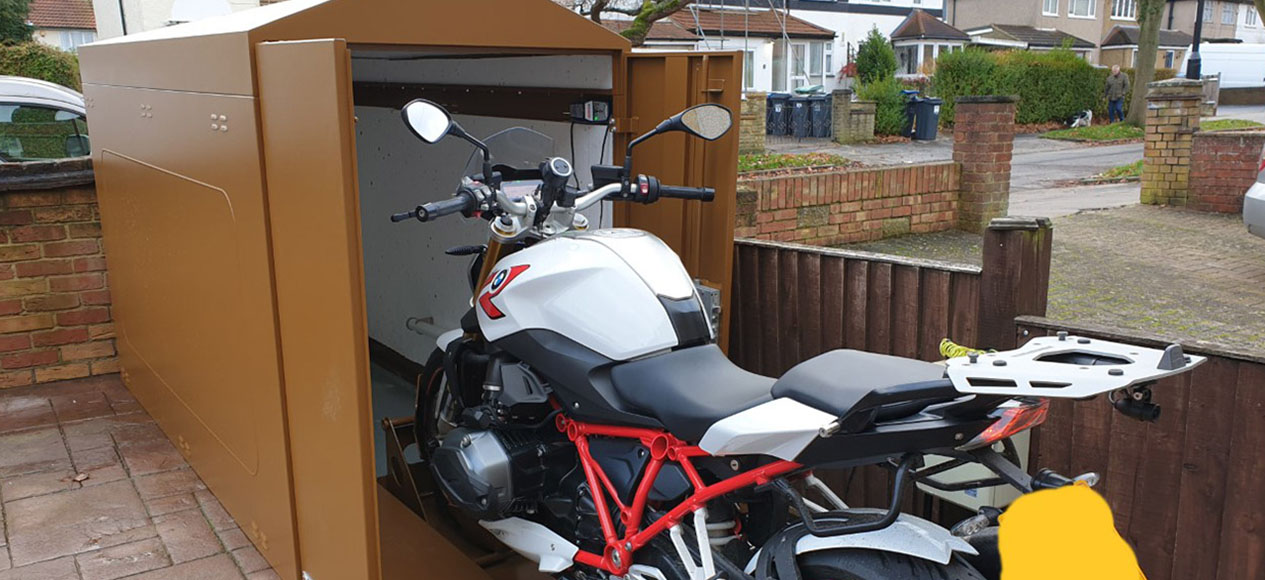

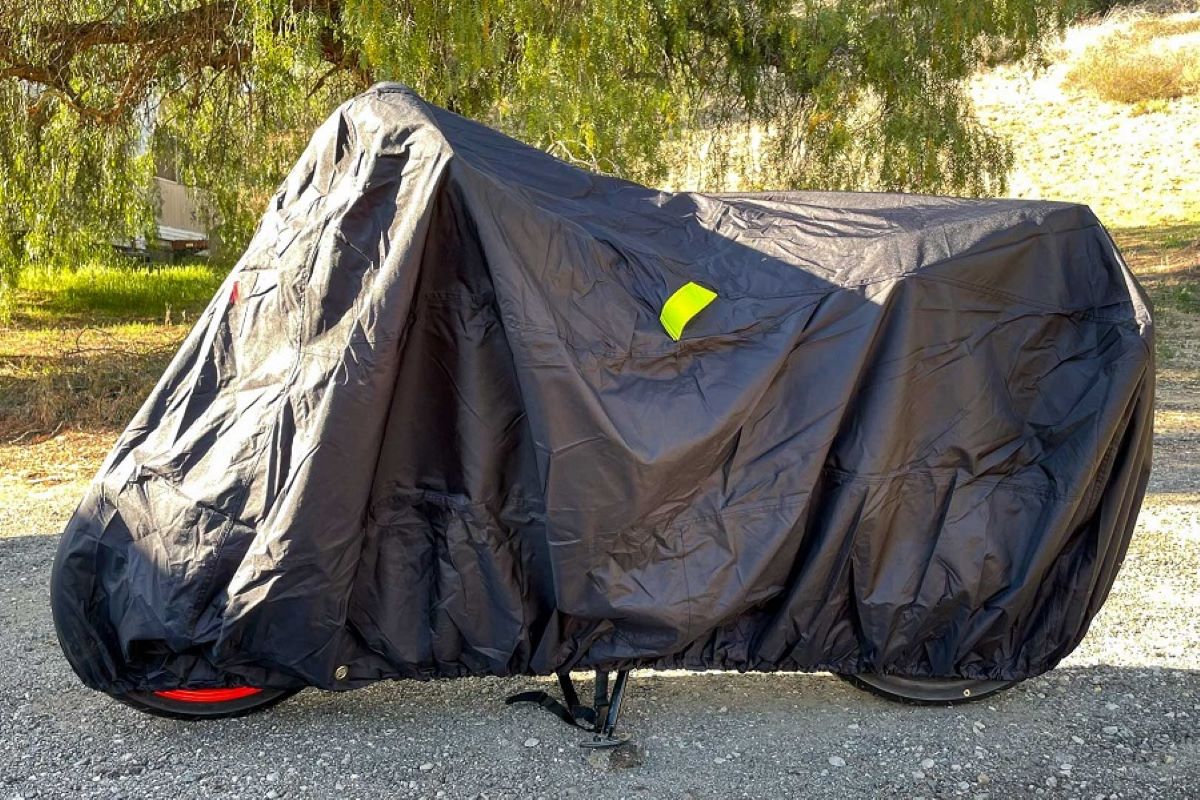
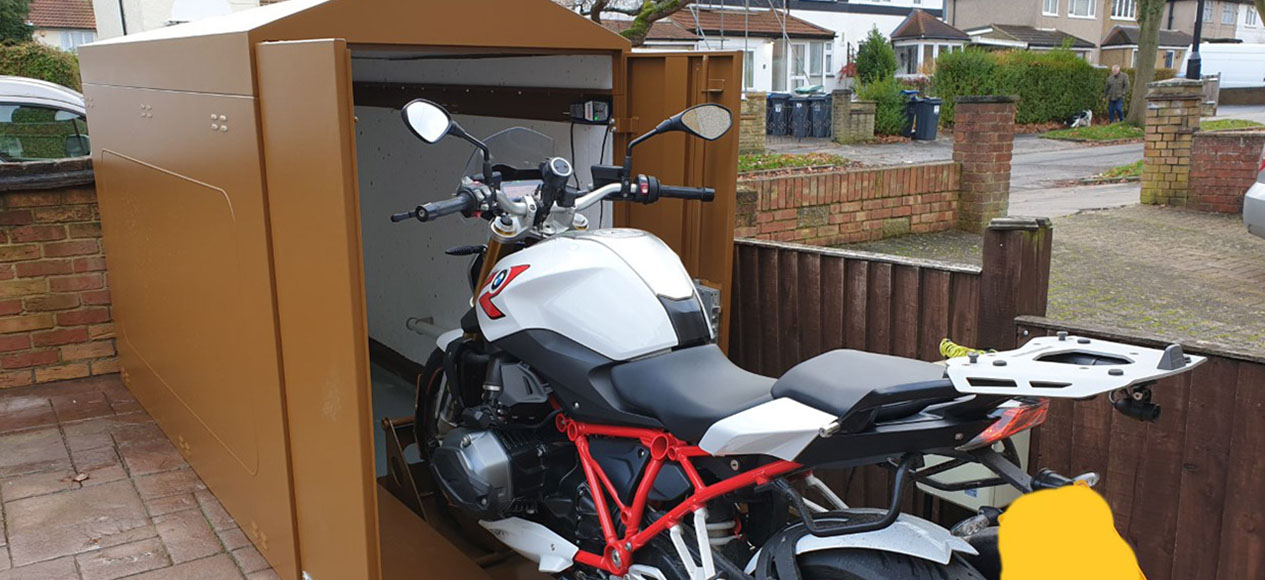
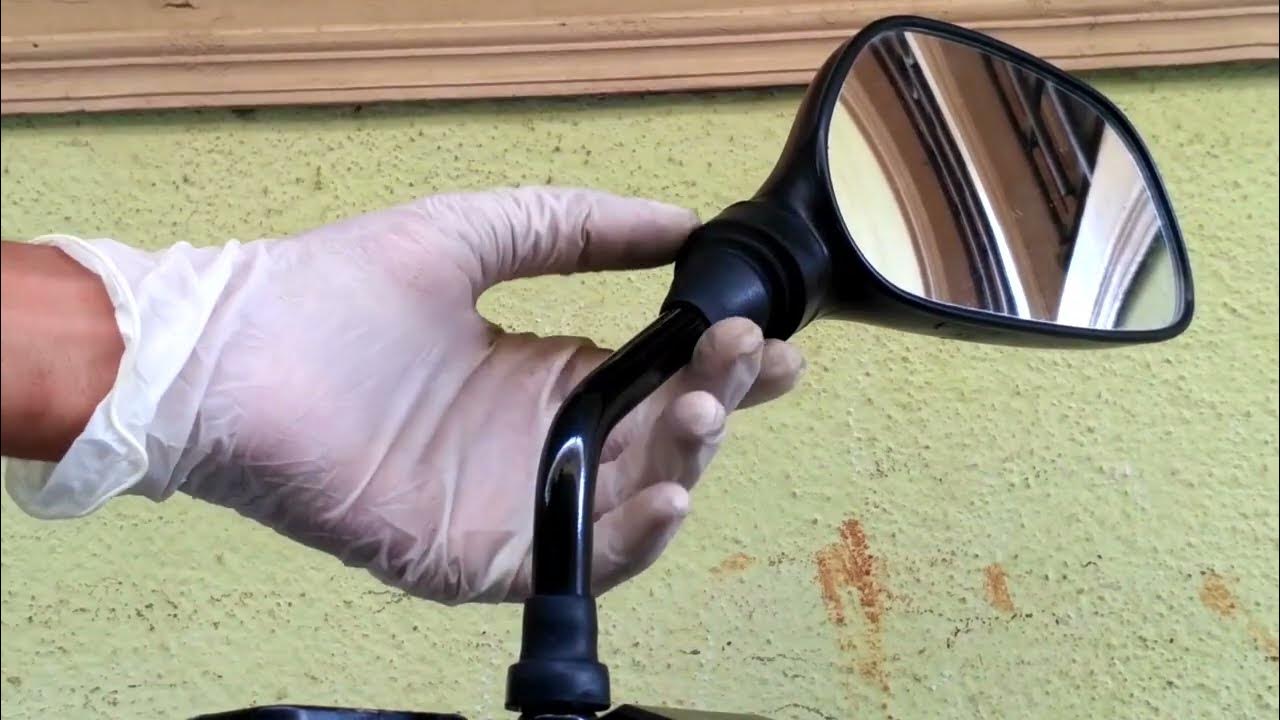

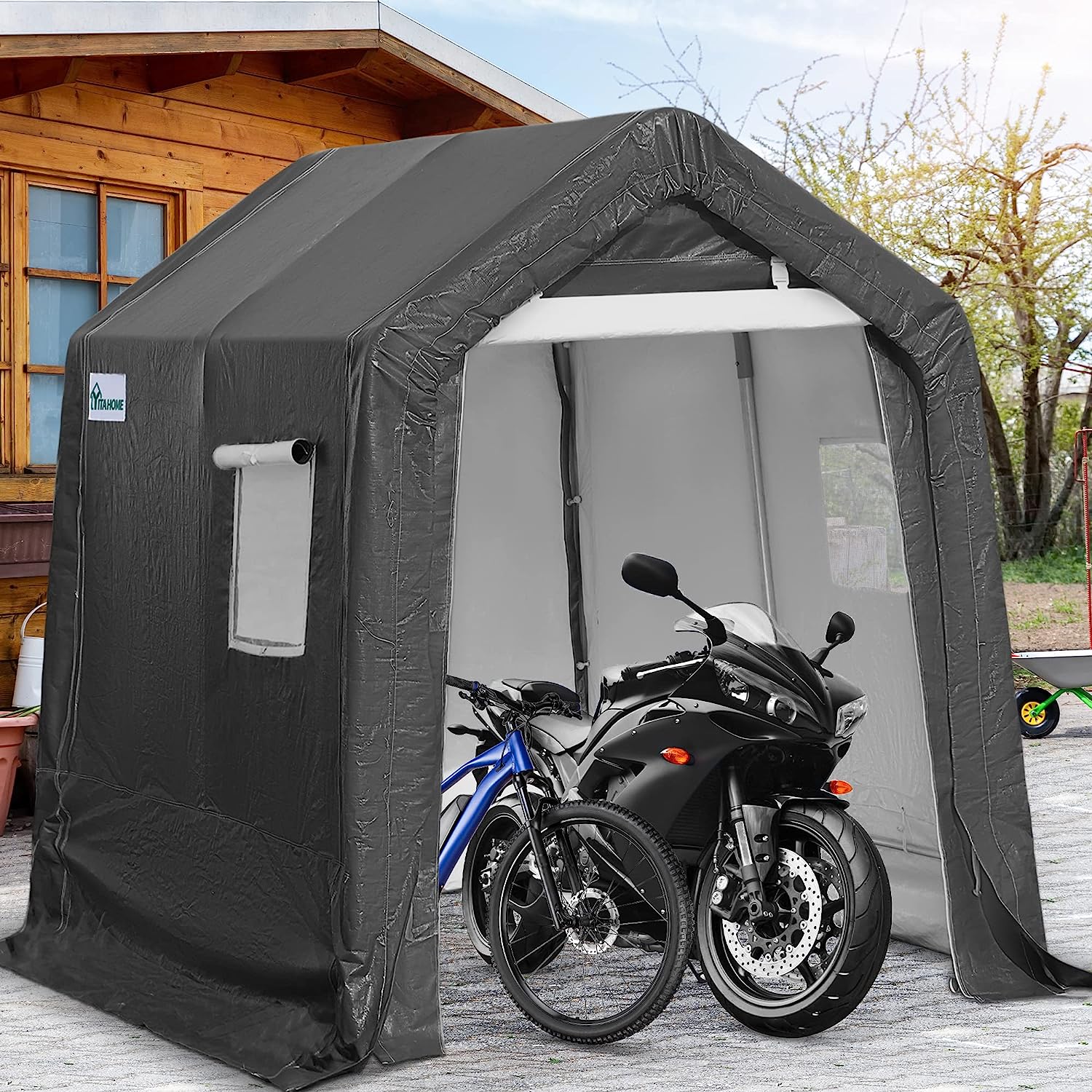


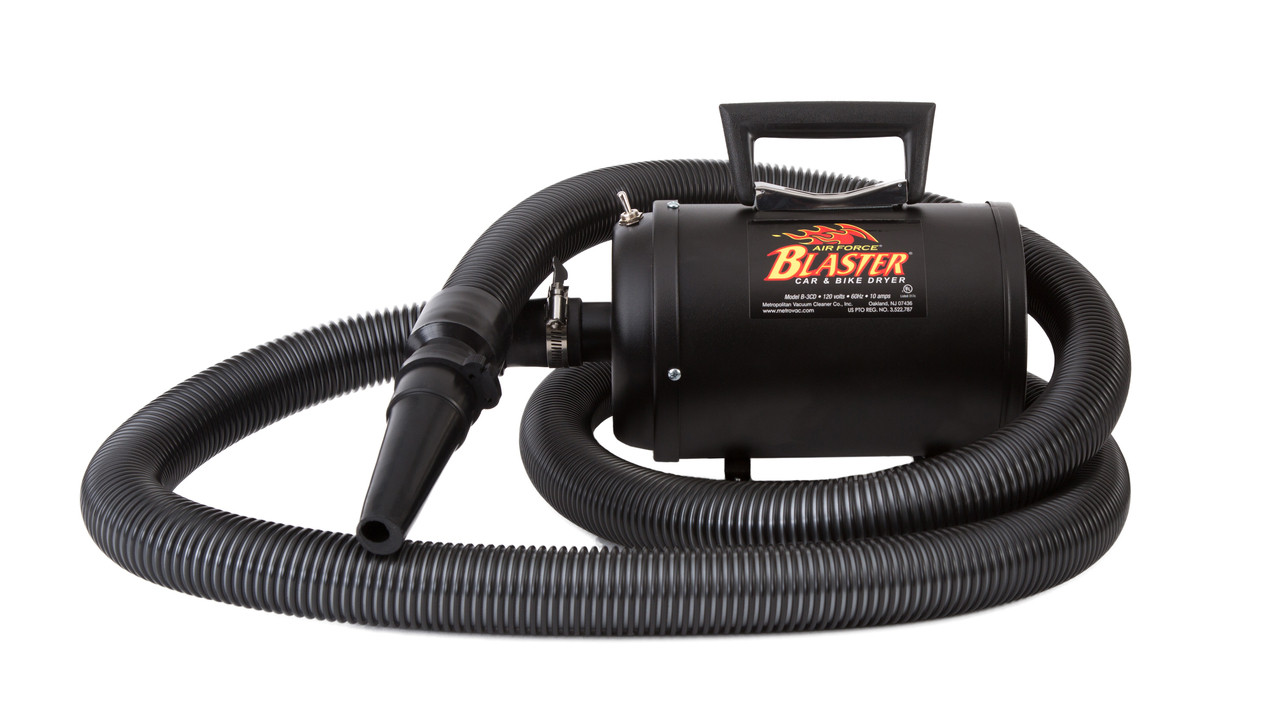

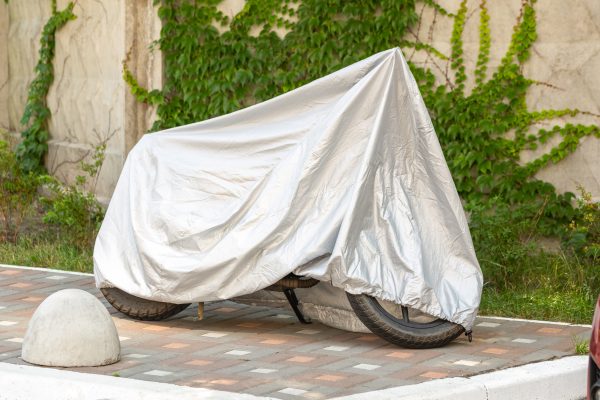

0 thoughts on “How To Store Helmet On Motorcycle”